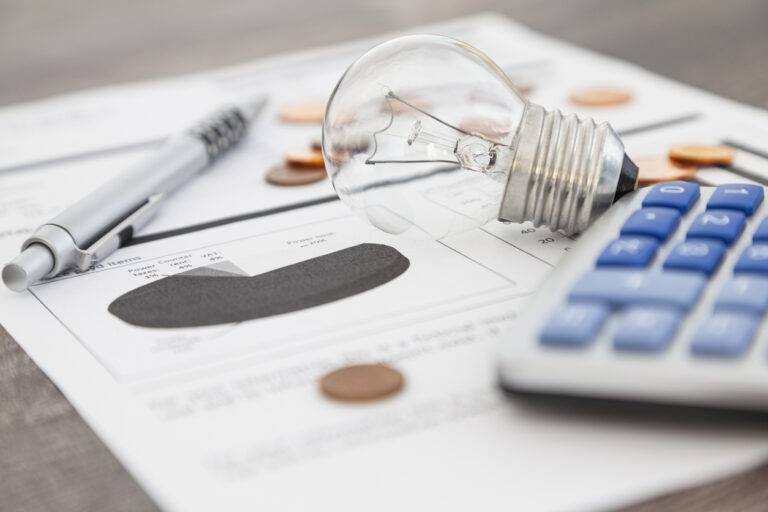In difficult economic times, just about everyone explores any ideas that they come up with to save a few dollars (or more) each month.
Buying fewer groceries, driving the car less, and eating out less are some considerations – but perhaps, one of the more feasible options is to cut down on our electric bill by taking advantage of the many energy-saving opportunities that now exist.
Apart from simply turning off the lights in rooms you are not in at the moment – or turning down, or off, the A/C, there may be value in considering a home equity loan from the Bank to renovate or upgrade some of the areas in the house that need attention.
I chatted with Teresa Gibson, Vice President, Consumer Credit at Butterfield about seeking such a loan.
“A home equity loan is a consumer loan allowing homeowners to borrow against the equity in their home. It can be used to consolidate debt or fund a child’s education, but it can also be used to make home improvements,” Ms. Gibson explained.
One of the more useful uses of the loan is to insulate part of the home such as ceiling areas, window frames, or outside doors. It is amazing how much energy can be wasted when air circulates freely around the home – both inwards and outwards.
Extra heat seeping in during summer can easily result in your A/C unit having to work harder to keep the room cool, and that can cause the electric bill to increase significantly.
Probably the first place to look at will be the attic. We rarely go up there to check if there are any gaps or holes in the roof areas, etc. Perhaps if we see some uninvited guests with four feet, we might be tempted to climb up to check them out – but otherwise, we probably haven’t been up there in years.
Likewise, if there is a basement in the house, there may be many sections of floorboards – and wall joints – needing some padding or re-lining.
Similarly, hot water pipes can be insulated to prevent excessive heat loss.
It is probably advisable to have any improvements be carried out by professionals. Self-improvements may seem cost-effective in the short term – and indeed may be worthwhile. However, to be sure of an effective and long-lasting job, the professional approach may be the best way to get the job done properly.
“Another way to use a home equity loan could be to purchase and install solar panels, which may significantly reduce energy bills in the long term. This is an investment for the future as the savings from the reductions in energy bills will only be felt over many years – and of course, the cost of the loan, by way of repayment and loan interest, must be factored in. A long-term view is essential,” said Ms. Gibson.
You may also consider buying more energy-efficient appliances when replacements are required. Today’s advanced technologies – in a variety of cases – have significantly improved overall energy use – washing machines, refrigerators, hot water tanks, heaters, and so forth.
“There is an application process for a home equity loan which can include insulation and installing solar panels”, according to Ms. Gibson.
“We will need information regarding current borrowings from the Bank, the purpose for the loan, the amount, with accurate costs – and of course additional information regarding personal finances.”
It should also be noted that most of the measures mentioned above – especially solar panels – will also add to the value of the property.
Call the Bank for an appointment to discuss this with their customer service representatives at 298 4799.

